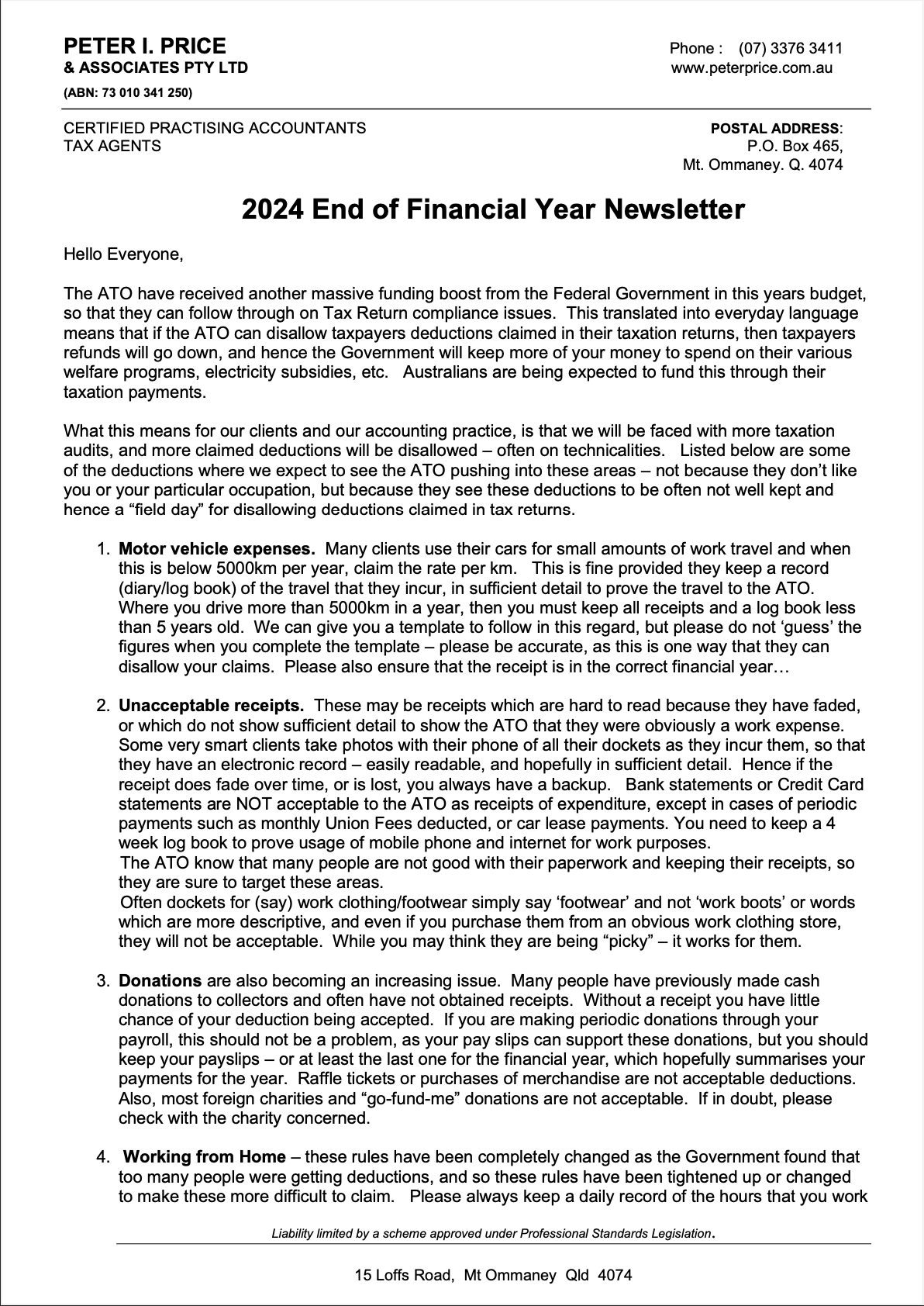Employees taking more sick days - and it's getting worse

.
Traditionally, absence has been viewed solely as sick leave, but now it manifests in many ways. Absenteeism can take forms such as presenteeism, high rates of employee turnover, and extended periods of unpaid leave.
A growing number of organisations, from 36% in 2019 to 55% in 2023, believe that employee absence is underreported. This trend has been accompanied by a 2.6-day increase in the average number of absence days lost per employee per year since 2019.
Employee absenteeism continues to be a costly challenge for organisations. Survey data indicates that the average direct cost of absence per employee has increased from $3,395 to $4,025. Furthermore, 80% of companies surveyed attribute the rise in absences to COVID-related restrictions.
More than half a million Australians sustain a work-related injury or illness each year at an estimated cost of $61.8 billion, according to Safe Work Australia. With the added consideration of depression, presenteeism, and other factors contributing to absence, these costs could rise by a further $6.3 billion.
Managing absenteeism presents challenges for managers, particularly during periods like the COVID-19 pandemic. The situation is compounded by Australia's unprecedented labour shortages, escalating wages, shifting work practices, and increased workplace compliance.
The financial impact on Australian businesses is significant, prompting employers to adopt a more holistic approach, considering employees' wellbeing beyond physical presence or absence at work.
EMPLOYEE ENGAGEMENT IN ABSENCE AND WELLBEING PROGRAMS
Research indicates that employers often face low employee uptake despite offering various wellbeing services, with only around 20% participating. This phenomenon, termed "worried well" by Dane Carroll, reflects the tendency for individuals who are generally well but concerned about potential health issues to engage more in wellbeing programs than those who may have more significant needs.
Concerns about privacy and perceptions of chronic health conditions influence employees' engagement in such programs. To address this, employers must consider wellbeing as a holistic element accessible to employees.
ANALYSE ABSENCE DATA FOR EFFECTIVE WELLBEING INTERVENTIONS
Understanding the factors driving absence in a business is crucial. Employers should analyse workforce demographics, considering aspects such as age distribution. For instance, the needs of a 25-year-old employee will differ significantly from those of a 55-year-old. However, age alone does not determine retirement plans, as many employees continue working beyond the traditional retirement age.
A deep dive into data, including sick leave and turnover, can provide insights into absence patterns. Identifying trends and patterns helps determine if poor wellbeing is rooted in cultural issues or other factors such as ageing-related shift patterns. For instance, high rates of single-day absences in an aging workforce may indicate the need for time off for recovery, enabling employees to return and continue working for the rest of the week.
Tailoring wellbeing solutions to address specific needs can increase employee engagement and enable employers to monitor the effectiveness of their interventions. Wellbeing initiatives have evolved beyond traditional offerings like massages and physiotherapy, encompassing workforce planning and flexible shift patterns to reduce absenteeism.
MANAGING EMPLOYEE LEAVE THROUGH OPEN DIALOGUE
Dealing with excessive employee leave can be challenging for employers. Beyond tracking absenteeism, it's crucial to understand the underlying reasons for absences. Is it because of a medical condition or injury? Or the need to care for a family member? Is it the lack of flexible working hours? Engaging in conversations with employees before the situation escalates into long-term absence is essential.
Implementing return-to-work interviews is a beneficial practice for several reasons. They can be informal conversations facilitating a smooth transition for employees returning to their roles, demonstrating the employer's care and concern for its workforce, and reducing the likelihood of recurring absences.
Additionally, flexible working hours and remote work options can enhance employee wellbeing, increase organisational loyalty, and mitigate absenteeism. Offering flexible schedules that accommodate individual preferences and circumstances can serve as a measure to improve overall employee satisfaction and productivity.
The employment relations landscape has recently seen reforms to leave entitlements, including the introduction of paid family and domestic violence leave. This paid leave entitlement, akin to annual or paid sick and carer's leave, is now part of the National Employment Standards (NES). Traditionally, employees used paid entitlements and unpaid leave to address such events.
OVER TO YOU
Managing leave and absence is crucial for fostering a healthy and productive work environment. It allows organisations to optimise workforce planning, reduce associated costs, and ensure the wellbeing of their employees. By analysing absence data, employers can gain insights into the underlying factors driving absenteeism and implement targeted interventions. Open dialogue with employees, flexible working arrangements, and a holistic approach to employee wellbeing can significantly reduce absenteeism and enhance workplace productivity.
Catherine Ngo
27 March 2024
mybusiness.com.au

